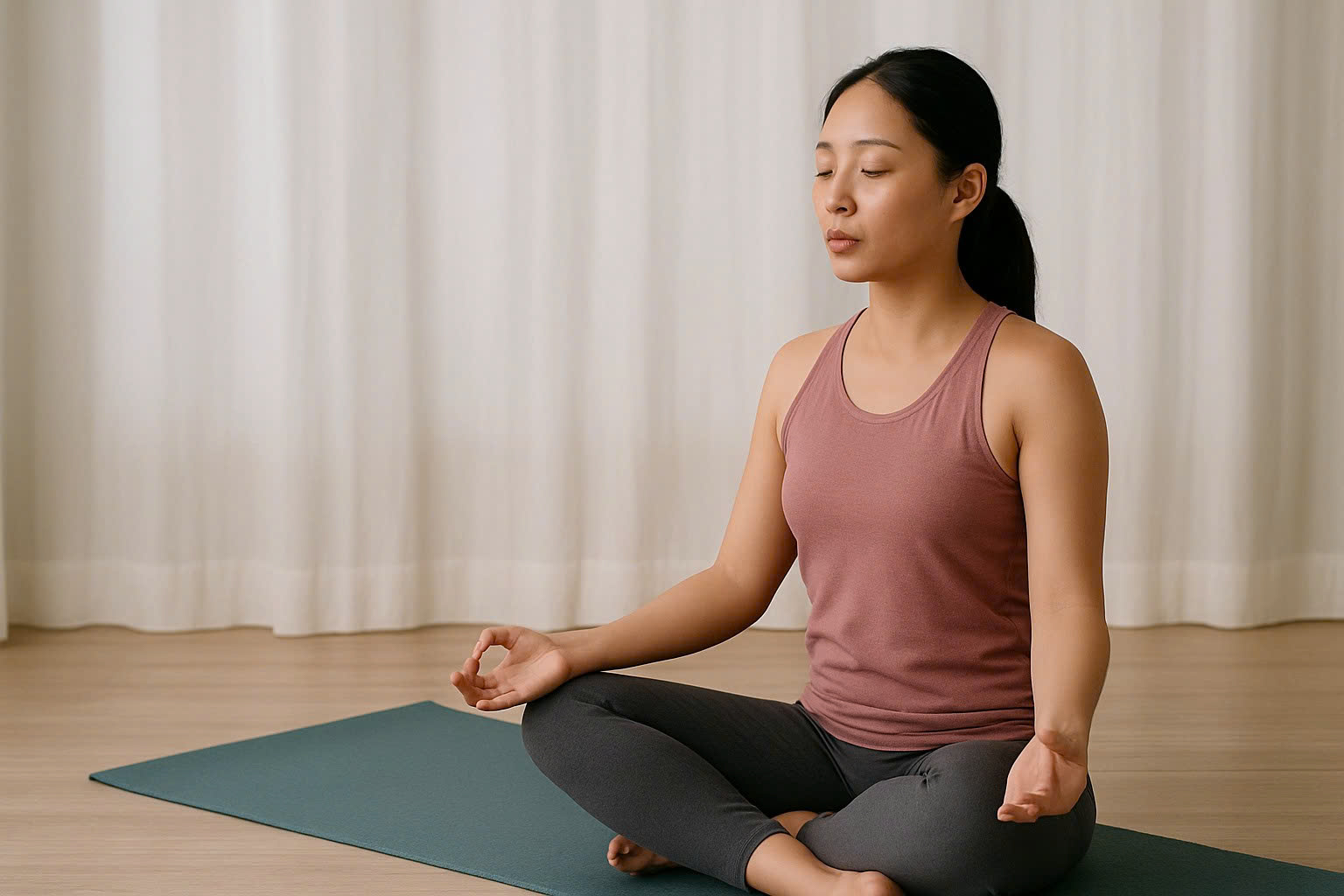Dr. Phan Thi Anh Thu, a respiratory specialist at Tam Anh General Hospital in Hanoi, explains that pleural adhesions restrict lung expansion, causing shortness of breath and reduced lung capacity. Breathing exercises can prevent pleural adhesions by increasing lung elasticity, maintaining chest flexibility, and improving respiration.
Treatment goals and individualized exercise programs are developed based on the patient's condition. During the acute phase, breathing exercises help drain fluid (if present), reduce pain, maintain chest mobility, and prevent the formation of widespread adhesions. Patients may also feel more comfortable and experience less muscle strain.
How to perform the exercises: Patients should lie on the side of the unaffected lung (or the one with less fluid), place a pillow under their hip, and raise the arm on the affected side to expand the chest. They can rotate their body forward or backward at a 3/4 angle to enhance fluid drainage. During the exercises, patients should prioritize long, deep, slow breaths and avoid lying flat on their back for extended periods in a fixed position.
During the fluid resorption and adhesion formation phase, the goal of the exercises is to help patients adjust their posture, reduce pain, relax stiff respiratory muscles, increase intercostal space expansion, and improve overall respiratory capacity. The exercises also help correct postural deviations caused by pleural adhesions.
 |
Breathing exercises can help people with lung conditions limit complications and accelerate recovery. Image generated by AI. |
How to perform the exercises: Patients are instructed in relaxation techniques to loosen their respiratory muscles before starting the breathing exercises. The exercises can be performed in various positions, including lying on their back, lying on the affected side, lying on their stomach, on all fours, sitting, standing, or moving. Patients can combine these with manual or belt-assisted stretching techniques. Regular practice at home is essential to maintain respiratory function and minimize long-term adhesions.
According to Dr. Thu, patients should begin anti-adhesion and rehabilitation exercises as soon as the acute phase is under control and with the guidance of a specialist. The appropriate time is typically after the stabilization of underlying conditions such as pleural tuberculosis, purulent pleurisy, or prolonged pleural effusion. Early exercise helps limit scar tissue formation and improves respiratory function.
For optimal and safe results, Dr. Thu advises patients to exercise regularly but not to overexert themselves. Avoid exercising during high fever, severe pain, or intense shortness of breath. If patients still experience significant pain, shortness of breath, or uncontrolled complications, exercise should be postponed. Maintain a clean exercise space, wear comfortable clothing, and prioritize well-ventilated areas. If any unusual symptoms occur during exercise, such as dizziness, increased chest pain, or persistent fatigue, patients should stop immediately and inform medical personnel for prompt attention.
Minh Duc
| Readers can submit questions about respiratory diseases here for doctor's answers. |












